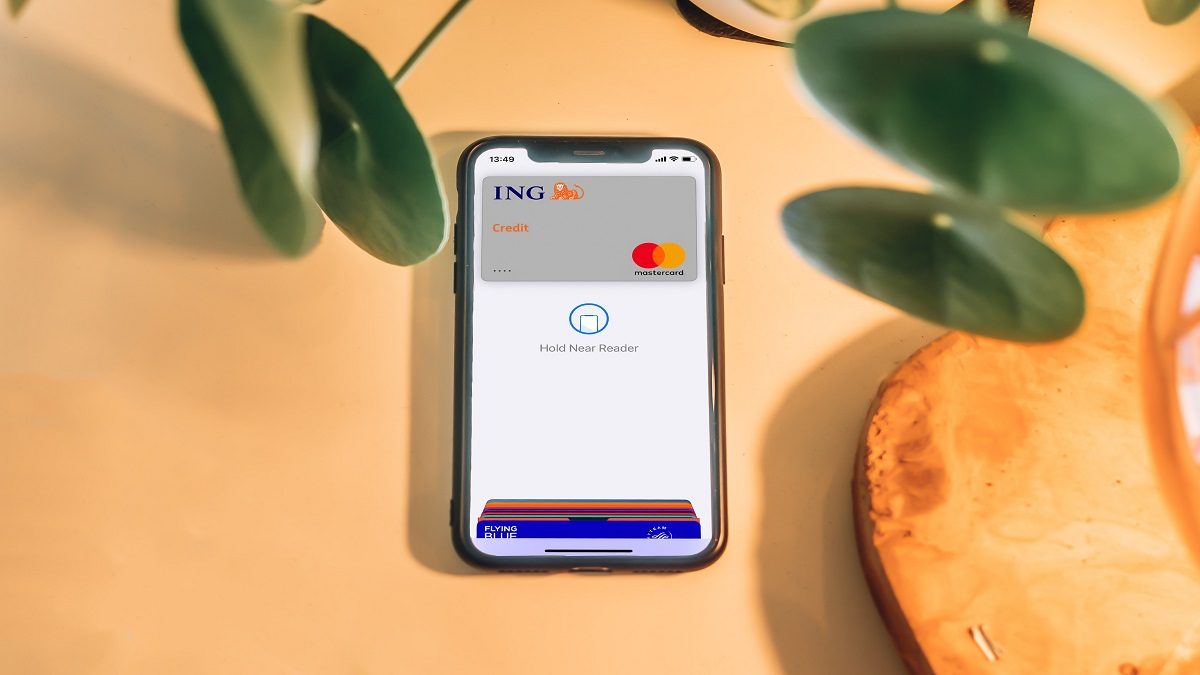Knowledge and abilities in all the newest technologies are valuable in an ever-changing IT world. Because mobile applications are in high demand among consumers, mobile app development will not slow down anytime soon. As the number of customers in the Apple Store and Google Play Market grows at a breakneck pace, more and more firms want a piece of the action by introducing the next game-changing product. We’ll examine two prominent technologies in the developer community: Flutter and React Native.
What exactly is Flutter?
Flutter is an open-source UI development toolkit that has already assisted hundreds of enterprises in developing beautiful and user-friendly products.
Flutter is made up of two primary parts:
- A Software Creation Kit (SDK) is a set of resources required for app development, such as ready-made widgets and testing APIs.
- To begin developing mobile apps using Flutter, you must first learn how to write in Dart. It is a client-optimized programming language used to create customized user interfaces for many platforms.
Apps developed with Flutter
Flutter has been used to create a number of unique mobile apps. And many of them made significant changes in marketing, finance, e-commerce, health and wellness, and other areas.
What exactly is React Native?
Facebook developed the open-source React Native smartphone framework in 2017. The best part of this framework is that it allows you to create native and cross-platform programs for a variety of additional platforms, including Apple tvOS, Microsoft’s Universal Windows Platform (UWP), and others, in addition to iOS and Android.
But developers may benefit from much more with React Native. And now, let’s take a deeper look at this framework’s primary benefits.
React Native features a large range of native modules built in Objective-C and Java that enhance operational performance in video playback and picture editing. They are highly reusable UI components that render all at once.
Apps developed with React Native
Due to its smooth code deployment and straightforward debugging procedure, React Native was preferred over other frameworks by Facebook, Tesla, Bloomberg, and other well-known companies.
Which is better for business mobile app development: Flutter or React Native?
Developing mobile apps is a terrific alternative using both Flutter and React Native. However, there are some important distinctions between them, such as accessibility and time. Since Flutter is a component of Google’s UI toolkit, all crucial development tools are gathered in one location. However, we can’t make the same claim for React Native. The majority of third-party libraries are found in other places. Occasionally, it could take a while to locate the essential parts of your software. However, the React Native community is bigger than the Flutter one. It implies that it is simpler to discover developers who are proficient in JavaScript than it is to find those who are knowledgeable about Dart. React Native defeats Flutter in this way.
Conclusion
Additional criteria, such as the complexity of the app and the business mobile app development objectives, may play a role in your selection over which of these technologies to choose. You can choose between the Flutter and React Native frameworks.

